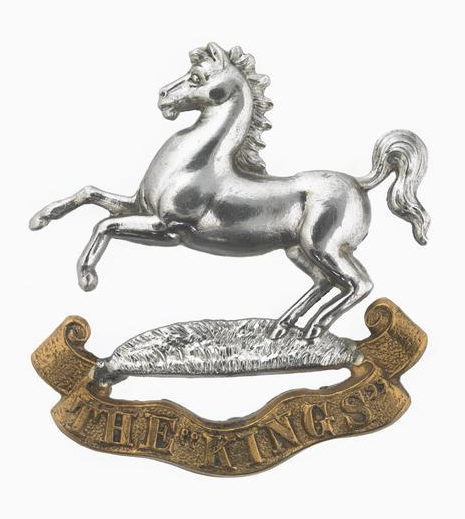Personal Details
Born: 16 July 1898 in Whitchurch, Shropshire.
Family: He was the eldest of four children born to Edward Jones, a grocer, and his wife Mary. He married Lilian M Taylor in 1926 in Whitchurch. We believe there were children born to the couple; there are six children surname Jones born to a mother maiden name Taylor registered in Whitchurch in the fifteen years after the marriage. The 1939 register suggests that at least one of these is a child of this marriage, but we cannot conclusively identify.
Residence: In 1901 he lived at 32 High Street, Whitchurch; in 1911 his address was Alkington Cottage, Whitchurch, the same address was recorded in 1919 for his pension. The 1919 Absent Voters’ Register has his address as 1 Bridge Cottages, Alkington Road which we suspect is the same property.
Employment: He left school in 1913 and entered the grocery retail trade. In 1939 he was a railway officer.
Died: In 1969, aged 70, in Whitchurch.
Military Details
Regiment: The King’s Liverpool Regiment
Rank: Private
Service Number: 51378
Date of Enlistment: 12 July 1916
Date of Discharge: 16 April 1919
Reason for Discharge: No longer physically fit for war service
Other Information: He was a prisoner of war, captured 30 November 1917 at Epehy, France (The Somme).
Edward was awarded the Campaign Medals (British War Medal, and Victory Medal) and the Silver War Badge (no B172894).

The British War Medal (also known as 'Squeak') was a silver or bronze medal awarded to officers and men of the British and Imperial Forces who either entered a theatre of war or entered service overseas between 5th August 1914 and 11th November 1918 inclusive. This was later extended to services in Russia, Siberia and some other areas in 1919 and 1920. Approximately 6.5 million British War Medals were issued. Approximately 6.4 million of these were the silver versions of this medal. Around 110,000 of a bronze version were issued mainly to Chinese, Maltese and Indian Labour Corps. The front (obv or obverse) of the medal depicts the head of George V. The recipient's service number, rank, name and unit was impressed on the rim.
The Allied Victory Medal (also known as 'Wilfred') was issued by each of the allies. It was decided that each of the allies should each issue their own bronze victory medal with a similar design, similar equivalent wording and identical ribbon. The British medal was designed by W. McMillan. The front depicts a winged classical figure representing victory. Approximately 5.7 million victory medals were issued. Interestingly, eligibility for this medal was more restrictive and not everyone who received the British War Medal ('Squeak') also received the Victory Medal ('Wilfred'). However, in general, all recipients of 'Wilfred' also received 'Squeak' and all recipients of The 1914 Star or The 1914/1915 Star (also known as 'Pip') also received both 'Squeak' and 'Wilfred'. The recipient's service number, rank, name and unit was impressed on the rim.

The Silver War Badge was issued in the United Kingdom and the British Empire to service personnel who had been honourably discharged due to wounds or sickness from military service in World War I. The badge, sometimes known as the "Discharge Badge", the "Wound Badge" or "Services Rendered Badge", was first issued in September 1916, along with an official certificate of entitlement.

